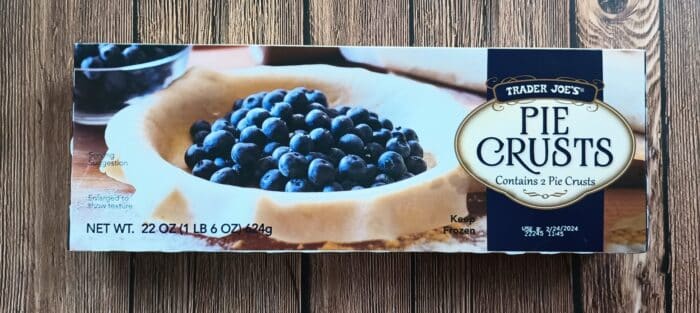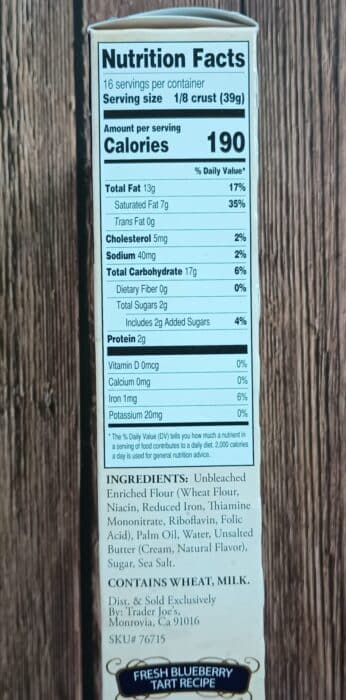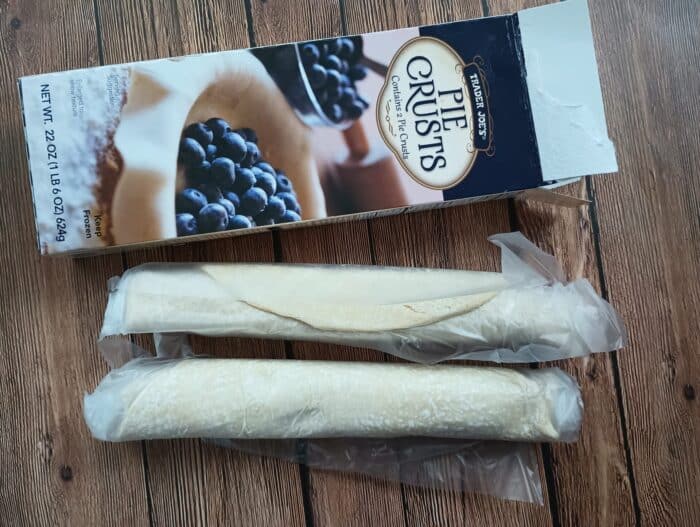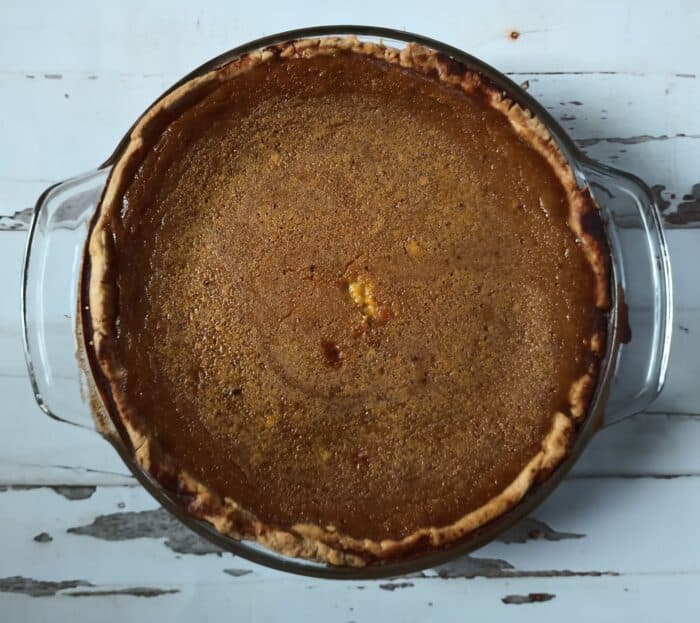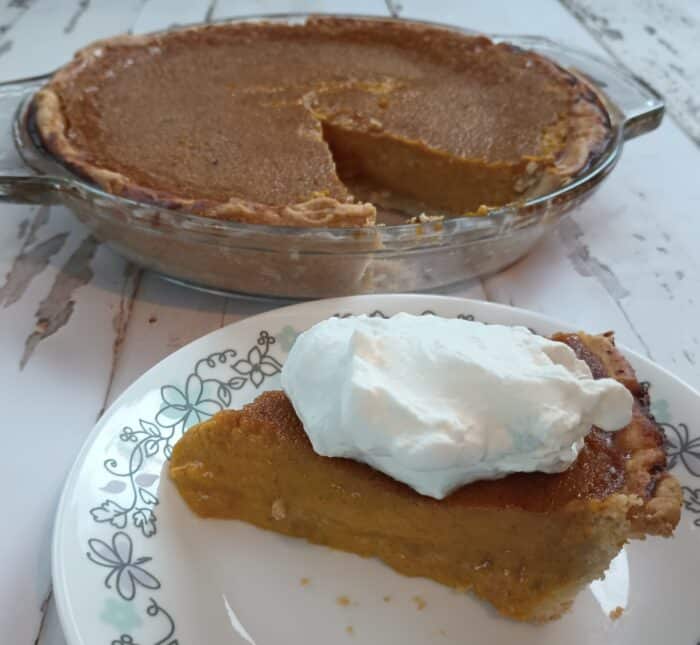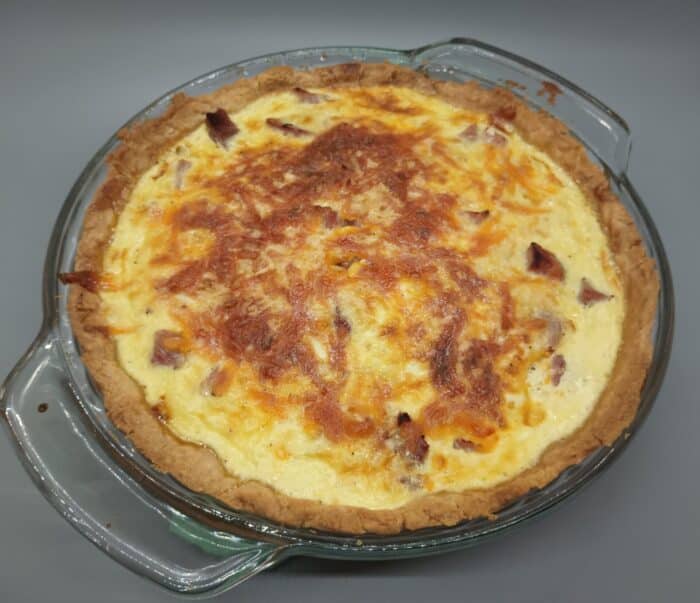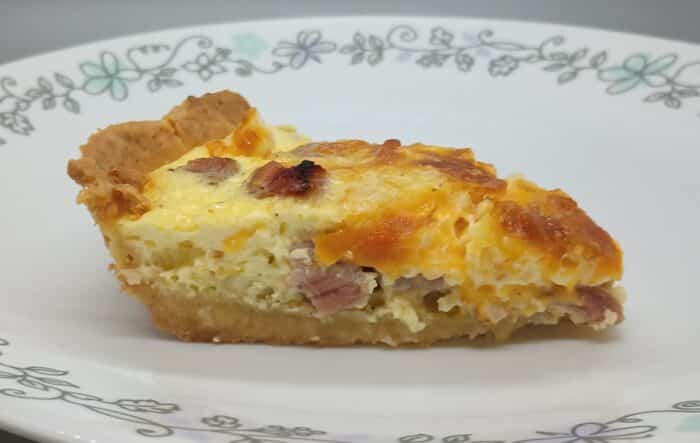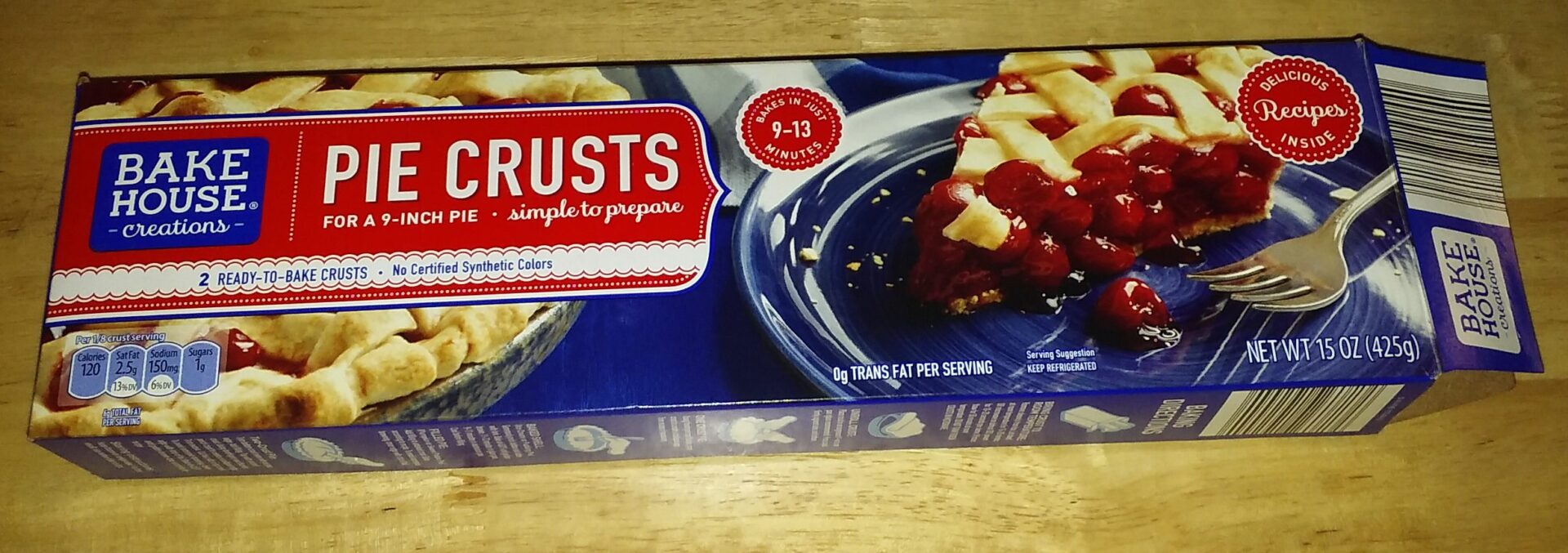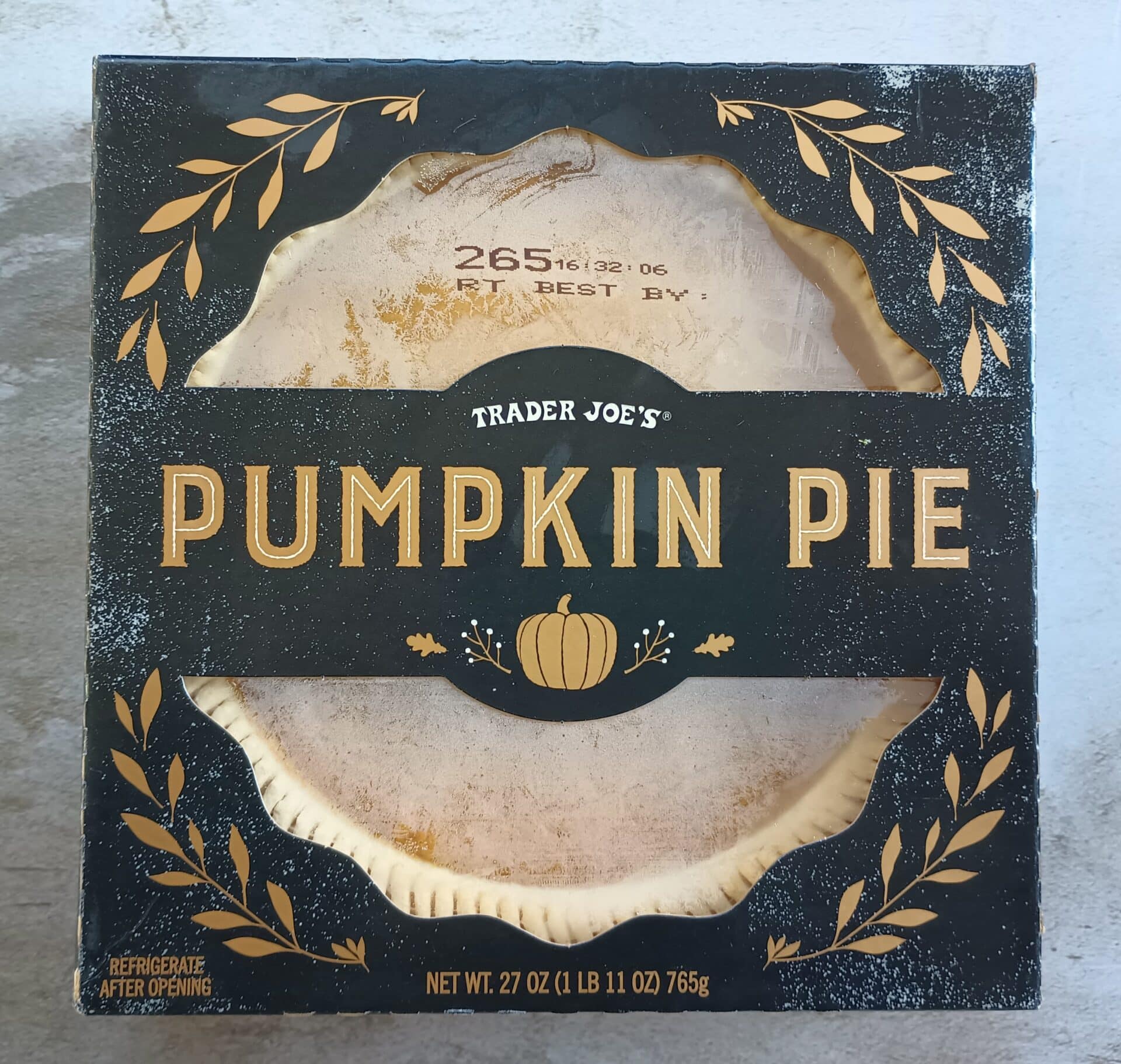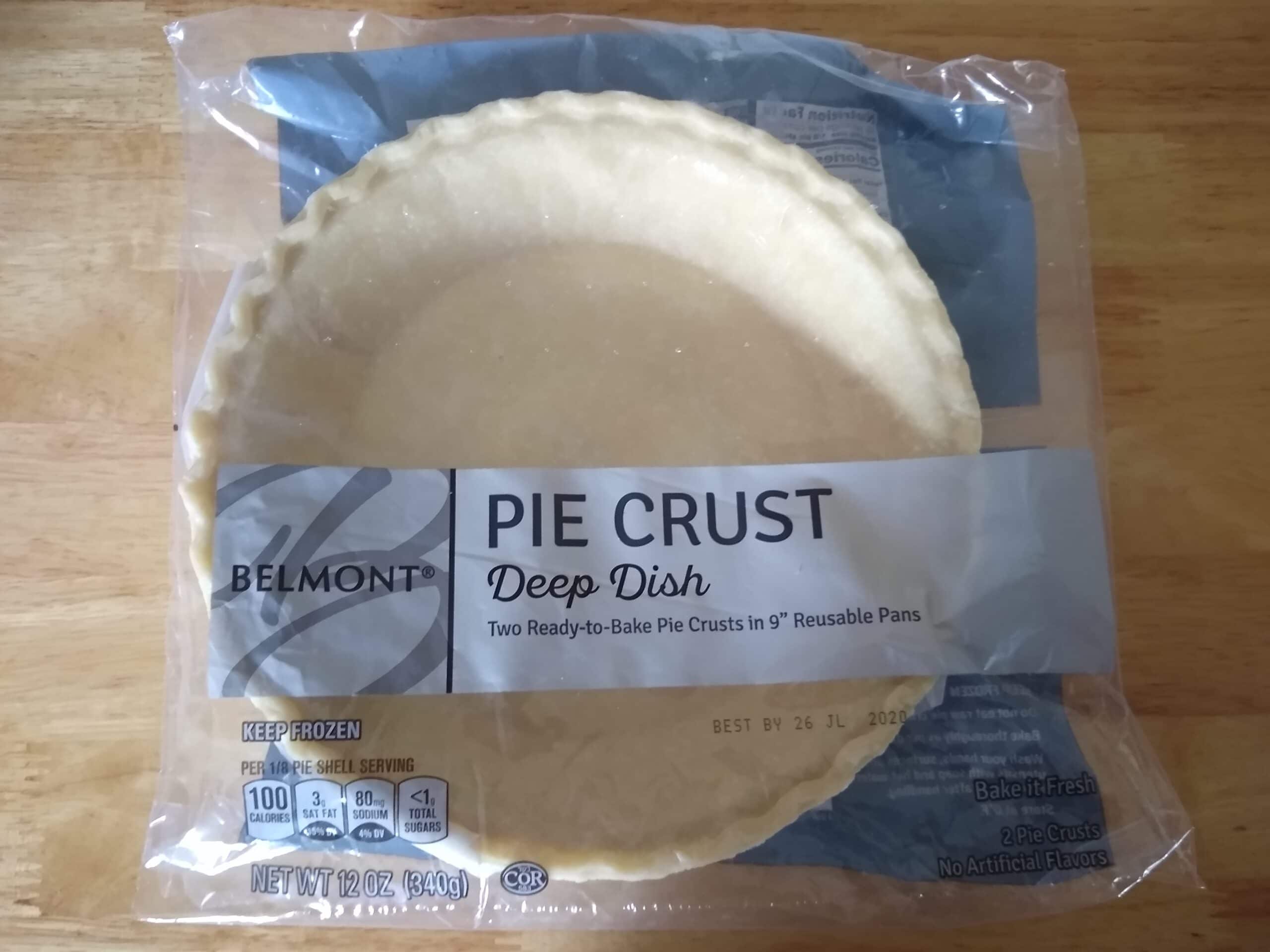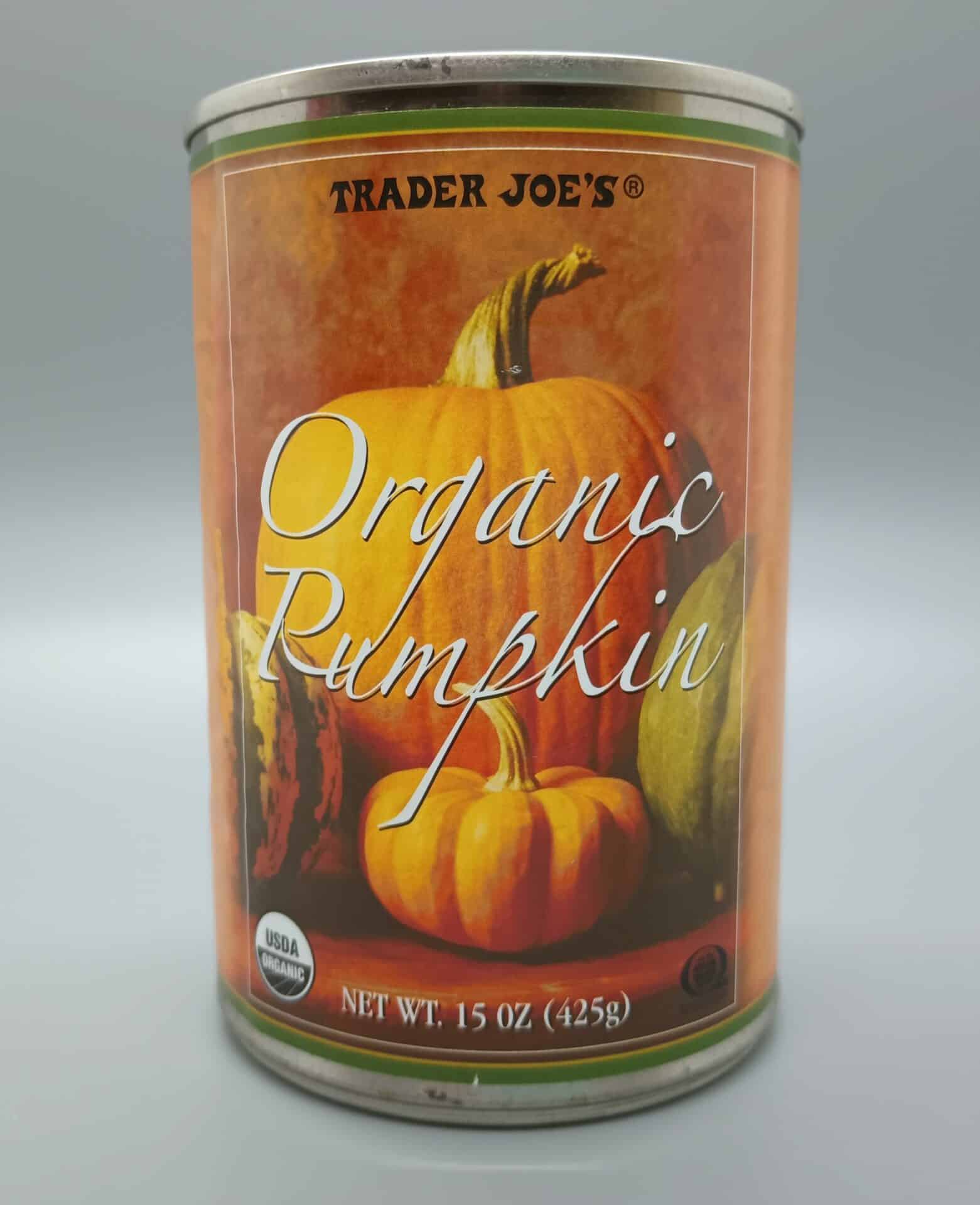It’s always a good time for pie. Whether you want to make a pumpkin or pecan pie for Thanksgiving or Christmas, or a fresh berry pie for the Fourth of July, pie is always a pleaser. Especially if you top it with some whipped cream or — even better — a generous scoop of vanilla ice cream.
I typically buy ready-made pie crusts from the grocery store because they taste practically the same as the homemade version, and they take a lot less time to prepare. Aldi sells good pie crusts mostly during the fall and winter holiday months, either as rolled-up refrigerated crusts or as ready-to-fill frozen crusts.
Trader Joe’s, which is a cousin to Aldi, also sells pie crusts. In their freezer aisle, I found both rolled up, boxed pie crusts in a two-pack along with ready-made crusts that simply need to be filled. I bought a box of the rolled crusts to try at home. I like rolled crusts for their versatility and the fact that when they’re packaged in a box, they take up little space in my freezer or refrigerator.
Trader Joe’s Pie Crusts cost $4.49 at the time of publication for a 22-ounce package that contains two pie crusts. That comes out to about $2.25 per crust.
Ingredients are: unbleached enriched flour, palm oil, water, unsalted butter (cream, natural flavor), sugar, and sea salt.
If you’re watching out for allergens, the crusts contain wheat and milk.
There are 16 servings per package, or 8 servings per crust. One serving has 190 calories, 13 grams of total fat (17% DV), 7 grams of saturated fat (35% DV), 40 mg of sodium (2% DV), 17 grams of total carbohydrates (6% DV), and 2 grams of added sugars (4% DV).
Instructions for Preparing the Pie Crusts:
These are packaged rolled up and are sold frozen and uncooked. You can thaw the crust in one of two ways.
To thaw in the refrigerator, remove the rolled crusts from the box and thaw in the refrigerator overnight. Remove from the refrigerator and bring to room temperature before unrolling or handling, about 45-55 minutes or until pliable.
Or, to thaw on the countertop, remove the rolled crusts from the box and thaw at room temperature on the counter for 1.5 hours or until pliable.
If there are any creases or tears in the dough upon thawing, knead them back together by hand or use a rolling pin to smooth it out.
The box has instructions for making pie crust in three ways: a single crust pie, a blind baked shell, or a double crust pie.
To make a single crust pie, gently place the rolled crust into a 9- or 10-inch pie dish, unroll, and remove plastic sheets. Press together any breaks in the crust. Ease the crust into the corners of the dish, and press firmly against the sides and bottom. The crust will extend beyond the rim of the dish. Flute or crimp excess. Fill and bake according to your recipe, at least until the edges of the crust appear lightly browned.
To make a blind baked shell (for ice cream pie, cream pies, or unbaked pie filling), preheat the oven to 450 degrees. Prepare the crust as directed above for a single crust pie. Prick the bottom and sides of the crust with a fork or fill with pie weights. Place in the oven and bake for 9-11 minutes or until lightly browned. Remove from the oven and cool completely before filling.
To make a double crust pie, defrost two pie crusts. Set one aside. Prepare the bottom crust in the pan as directed above for a single crust pie. Add desired filling. Roll out the top crust on a board, press together any cracks, remove plastic sheets, and place the top crust over the filled bottom crust. Wrap excess top crust under the bottom crust edge and press together to seal or flute the crust edge. Cut slits in the top crust to allow steam to escape. Bake according to your recipe, until crust is lightly browned. If crust starts to brown too quickly, cover edges with strips of foil and continue baking.
Additionally, the box includes a recipe for a fresh blueberry tart.
Fresh Blueberry Tart Recipe:
(Requires using one fluted removable-bottom tart ring.)
Ingredients —
- 1 Trader Joe’s gourmet pie crust, baked according to baked shell instructions on the package, then cooled
- 4 oz. Trader Joe’s cream cheese, softened
- 2 tablespoons sugar
- 2 tablespoons creme fraiche
- 1/4 teaspoon vanilla extract
- 4 cups fresh blueberries
- 3/4 cup Trader Joe’s Organic Reduced Sugar Blueberry Preserves
Directions —
- To make the filling, cream the cream cheese and sugar together and then beat in the creme fraiche and vanilla until well blended.
- Spread the mixture in the bottom of the cooked crust. Set aside.
- To make the topping, place clean, dry berries in a mixing bowl. Set aside.
- Place preserves in a saucepan and heat over medium flame until liquid. Cool for about 3-4 minutes and then pour preserves over the berries and gently toss to coat.
- Using a slotted spoon, spread the berries over the cream layer and refrigerate the tart for about one hour to set.
What I Made with Trader Joe’s Pie Crust:
I made homemade pumpkin pie and homemade quiche with the box of pie crusts I bought.
I made the pumpkin pie first, and I bought a can of Trader Joe’s Organic Pumpkin, which includes a recipe for pumpkin pie on the label. I bought everything the recipe on the can called for, including a small jar of Trader Joe’s Pumpkin Pie Seasoning.
To make the quiche, I used a long-time favorite recipe and, except for the crust, I used all-Aldi ingredients, including leftover diced ham from an Aldi shank portion ham.
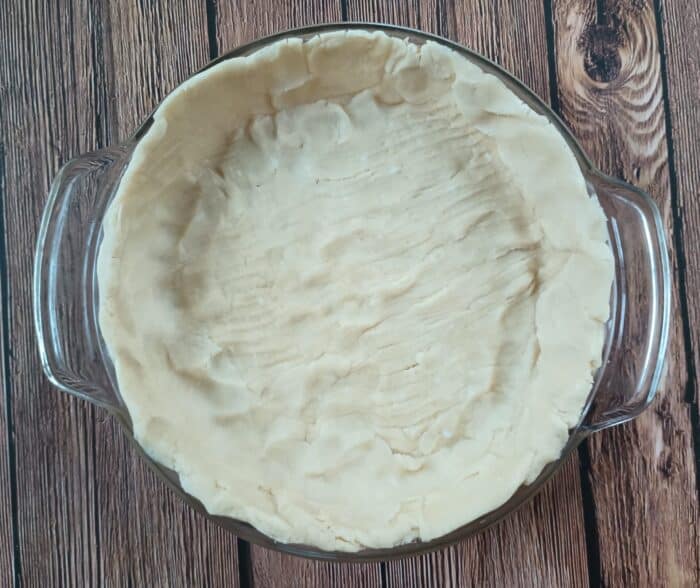
Uncooked Trader Joe’s Pie Crust for pumpkin pie after kneading it back together and arranging in a pie pan.
When I made the pumpkin pie, I put the pie crusts in the refrigerator overnight to thaw, and then followed the box directions and set my crust out on the counter at room temperature for about 50 minutes prior to making the pie. I had trouble unrolling the crust without it breaking apart, and more pieces broke off when I gently lifted the crust into a 9-inch pie pan. I spent a few minutes kneading it back together in multiple places.
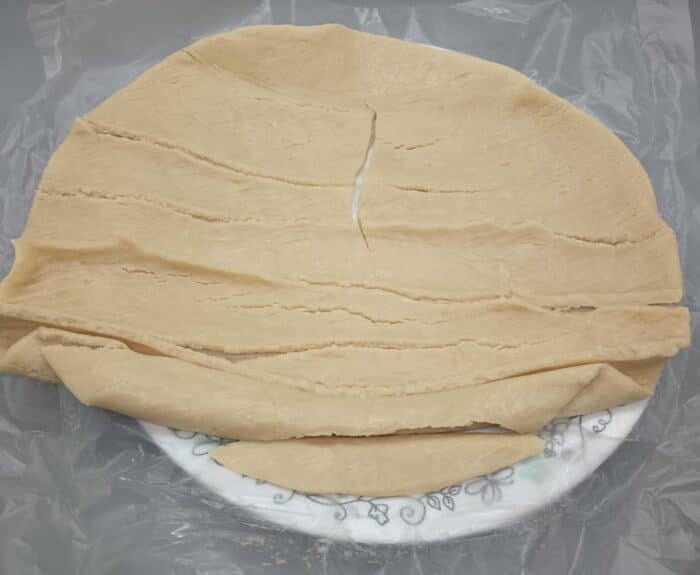
This is what my pie crust for quiche looked like when I unrolled it after letting it warm on the counter for more than an hour.
When it was time to make the quiche later, I left the crust out on the counter for more than an hour so it would hopefully be more pliable and not fall apart so much. It still crumbled into many pieces as I unrolled it, and I put the pieces into my pie pan a few at a time and then spent several minutes kneading the crust pieces and reattaching everything.
This crust feels very thick compared to Aldi refrigerated rolled crusts I usually use. That meant there was plenty of dough to work with when I had to knead the crust back together. It might have a subtle effect on the way your recipe tastes, since there seems to be a little more crust.
Once I got these crusts into my pie pans, it was a simple process to follow my pie and quiche recipes.
The pumpkin pie turned out okay but wasn’t our favorite recipe. The crust was dry, hard, and crumbly until the pie sat in my fridge for at least a day, presumably allowing the crust some time to absorb moisture, and then it was better.
The quiche was good, although some family members thought the crust going up the sides of the pan was more dry and crumbly than what we’re accustomed to (and I always line the top edges of the crust with foil to prevent overbaking). The crust on the bottom of the pie dish was fine.
Overall, Trader Joe’s Pie Crusts are all right, although they’re perhaps a bit on the thick and dry side depending on your recipes. I’m not sure, but I wonder if the crust recipe needs more water or fat to help it hold together better when unrolling it and to keep it from tasting dry after baking. There are other ready made rolled crusts on the market that are easier to work with and have a better texture.
The Verdict:
Trader Joe’s Pie Crusts are sold frozen and rolled up in a two-pack. You can make a variety of different pies with these crusts, and the box has directions. I found the dough to be crumbly and more difficult to work with compared to other rolled pie crust brands. Parts of these crusts in the pies and quiches I made had a drier texture than I expected. These crusts are okay, but they’re not my favorite to work with.

